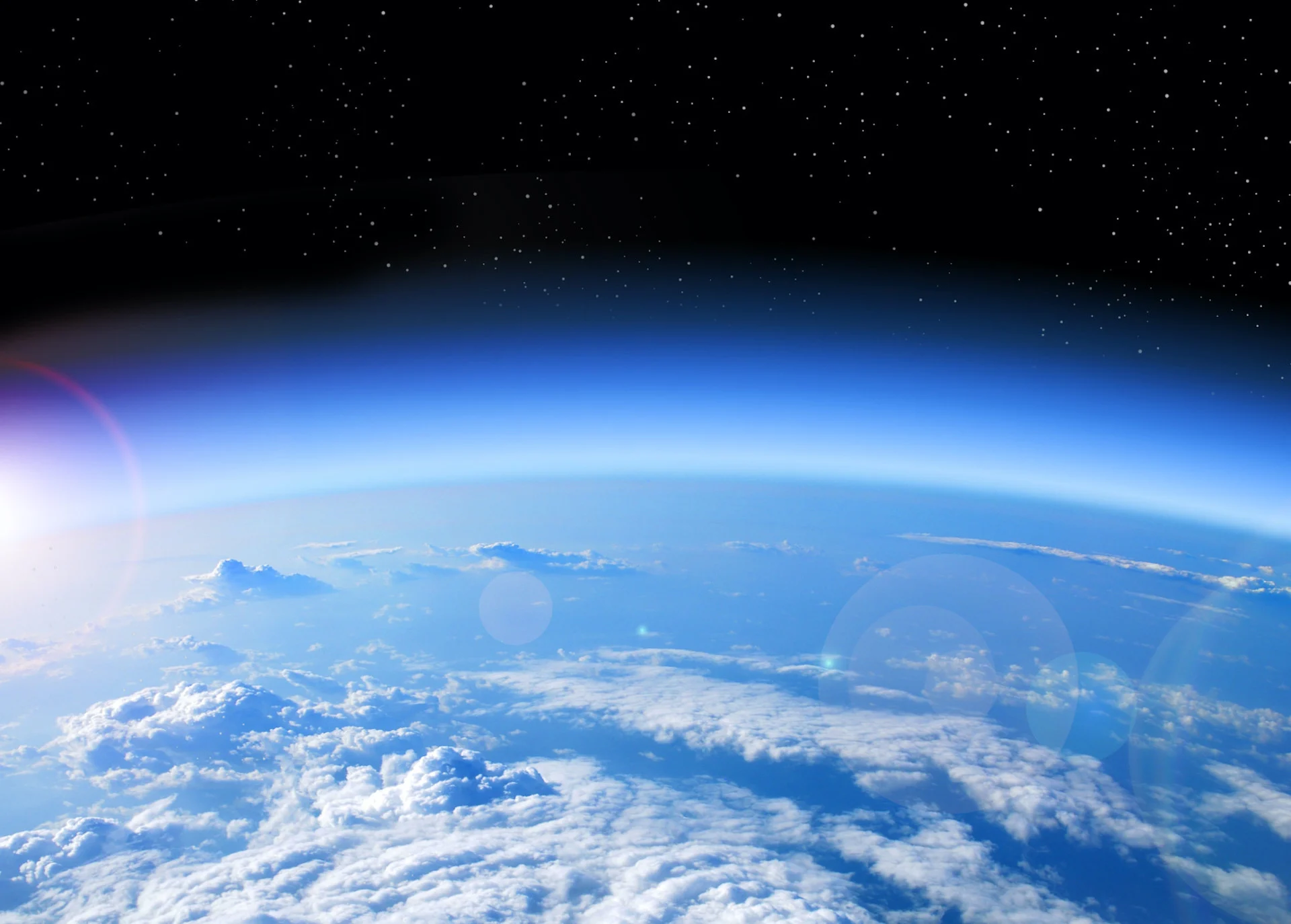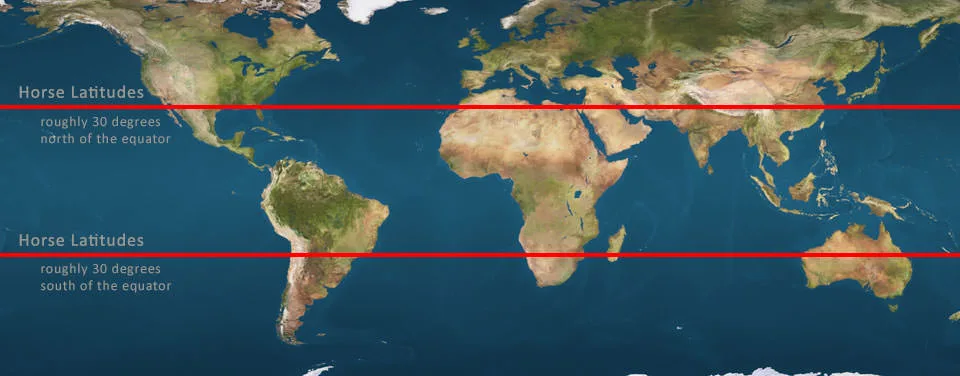
New tropics ozone hole is 7 times bigger than Antarctic hole, study says
Approximately half of the global population could face increased ultraviolet radiation as a result of the tropical ozone hole.
A study published by Qing-Bin Lu, a scientist from the University of Waterloo, reports that a “large and all-season ozone hole” has been detected over the tropics (30°N–30°S) and has been in existence since the 1980s.
The study stated that the tropical ozone hole has a comparable depth to the springtime Antarctic hole, but has an area that is seven times larger.
Analysis of tropical ozone data for each decade from 1960-2010 revealed that a “deep and large” tropical ozone hole was present in the 1980s and reached its maximum size in the 2000s with an 80 per cent loss of ozone at the centre of the hole. By 2010 the tropical hole became slightly smaller.

The horse latitudes, which are roughly 30°N and 30°S of the equator, are regions characterized by winds and little precipitation. (NOAA)
There are a number of reasons why so many decades passed before scientists confirmed the presence of the tropical ozone hole. There is a lower amount of ozone that is distributed throughout the tropical lower stratosphere, which is why declining ozone levels in this region went undetected in data measurements of total ozone.
Additionally, the tropical ozone layer is in a different region of the stratosphere than where the polar holes are found, and the thinning that was occurring did not meet the conventional definition of an official ozone hole.
High levels of UV rays travel through thin regions of the ozone layer, which is hazardous to human health. The U.N. estimates that the Montreal Protocol has prevented millions of additional cases of melanoma, other cancers, and eye cataracts.
The Montreal Protocol, an agreement signed by 197 countries in 1987 to regulate and ban ozone-depleting substances (ODS), has effectively reduced ODS emissions. However, Lu noted that the Arctic ozone hole in 2020 reached a record-breaking size and particularly deep ozone holes have persisted in Antarctica in 2020 and 2021.
The study stated that the tropical ozone hole varies closely with atmospheric levels of chlorofluorocarbons (CFCs), a type of ODS, which is evidence that tropical ozone thinning originates from a CFC-related mechanism.
Despite the ban and regulation of ODS, scientists are continuously detecting new emission sources. For example, monitoring stations in Japan and South Korea revealed significant levels of CFCs being released in parts of China in 2019, likely from factories and manufacturing processes.
“The whole-year large tropical ozone hole could cause a great global concern as it can lead to increases in ground-level ultraviolet radiation and affect 50 per cent of the Earth’s surface area, which is home to approximately 50 per cent of the world’s population,” Lu stated in the study.
“Exposure to enhanced [UV] levels could increase the incidence of skin cancer and cataracts in humans, weaken human immune systems, decrease agricultural productivity, and negatively affect sensitive aquatic organisms and ecosystems,” the study concluded.
Thumbnail image: View of the Earth from space. (studio023/ iStock/ Getty Images Plus)

